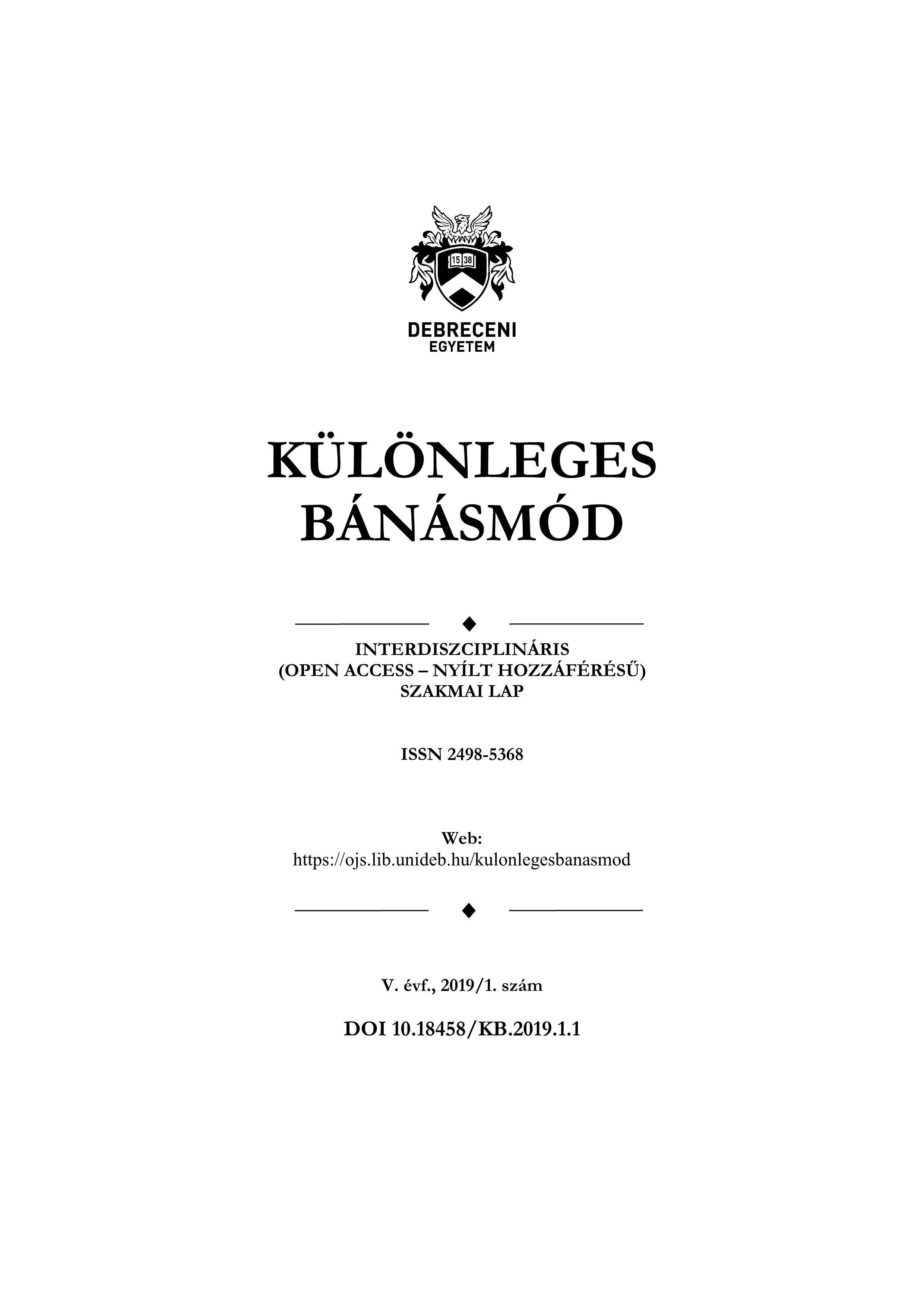COMPARATIVE ANALYSIS OF ACTIVE AND PASSIVE RECREATIONAL CONSUMPTION HABITS OF DISABLED CHILDREN LIVING IN THE NORTHERN GREAT PLAIN REGION
Authors
View
Keywords
License
Copyright (c) 2019 Nóra Laoues-Czimbalmos, Anetta Müller, Éva Bácsné Bába

This work is licensed under a Creative Commons Attribution-NonCommercial-NoDerivatives 4.0 International License.
How To Cite
Abstract
In our research, we studied the leisure habits of students with disabilities (8-18 years, n = 289) living in the North Great Plain region using a questionnaire method. The aim of the research was to examine the leisure habits of children with disabilities in the region, their main characteristics, and their recreational attitudes. Our goal was also the gender test to see whether there was a significant difference between the sexes and how this correlated with the results of the study of leisure habits in the wild. We sought to find out what the most common leisure time activities for general and high school students with disabilities are, how does this affect genders? What is their attitude towards spending time on leisure? What are their sporting habits and sporting consumption? We have found that the recreational consumption of young people with disabilities is similar to the results of surveys carried among normal children as passive leisure time is dominant (listening to music, watching TV). In girls' leisure time, the preference for listening and reading is more dominant while watching TV, especially popular sports channels are more characteristic of boys. For leisure-time activities, staying fit, trying out new things, and community experience is crucial for young people with disabilities. Recreational sports prove to be popular, as more than 50% of both girls and boys say they are engaged in recreational sports.


 https://doi.org/10.18458/KB.2019.1.31
https://doi.org/10.18458/KB.2019.1.31